
Hemorrhoids are a natural part of our body. Problem occurs when they get irritated and swollen. Hemorrhoids are a group of smooth muscle fibers, elastic connective tissue and blood vessels that are placed in the lower parts of the anal canal. They are actually cushions, and their role is to help the passage of stool during defecation. More than 50% of people over age 50 experience hemorrhoid problems. Normally, regular self-care measures will solve the problem.There are two types of hemorrhoids: external and internal hemorrhoids. Symptoms may vary depending on the hemorrhoid type. External hemorrhoid symptoms are: itching, irritation, pain and bleeding. Symptoms of internal hemorrhoids are: bleeding, feeling of fullness in the rectum, no pain, and in severe cases internal hemorrhoids can pass through anal opening.Although external hemorrhoids may be detected by visual inspection, internal hemorrhoids need an anoscopy. Anoscopy is type of diagnostic procedure where an expert uses a lighted instrument to view the patient’s rectum and anal canal. Different diagnoses for hemorrhoids can be inflammatory bowel disease and anal fissure, so it is important to rule them out. There are many other diagnostic techniques, and some of them are: colonoscopy in which the doctor inserts a tube with a camera in one’s entire large colon; flexible sigmoidoscopy in which the doctor inserts a tube with a camera to examine the patient’s rectum and lower colon; and proctoscopy in which the doctor uses a lightened instrument to explore one’s anal canal and rectum. Depending on a severity of the situation, hemorrhoids can be treated with the self-care procedures or a surgical intervention.Self-Care Procedures
For minor hemorrhoid problems, specialists might advise consumption of fiber rich food and liquid food to stop or prevent constipation, sitz baths, washing the hemorrhoid affected area with soap and water, and avoidance of long sitting or standing periods.
Surgery is an alternative when hemorrhoids are seriously prolapsed, if there is no improvement with rubber band ligation or if they are complicated by another disorder. It’s usually carried out under total or local anesthesia. There are two types of surgical intervention. In a procedure known as closed hemorrhoidectomy, a unique anal speculum uncovers the hemorrhoidal tissue so that the surgeon can cut out the hemorrhoids and close the wound. In a procedure called circular stapled hemorrhoidopexy, the surgeon removes excess mucose tissue above the hemorrhoids, and that enables the hemorrhoids to pull back into the position. This procedure is not as painful as a closed hemorrhoidectomy and has a quicker recovery period.


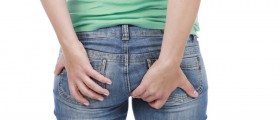
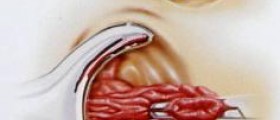
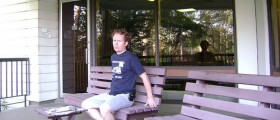

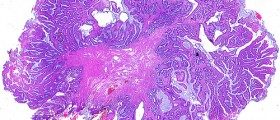
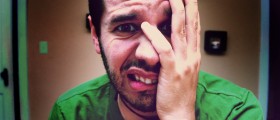




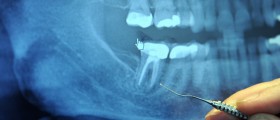



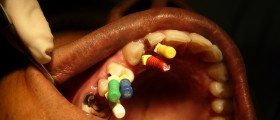
Your thoughts on this
Loading...